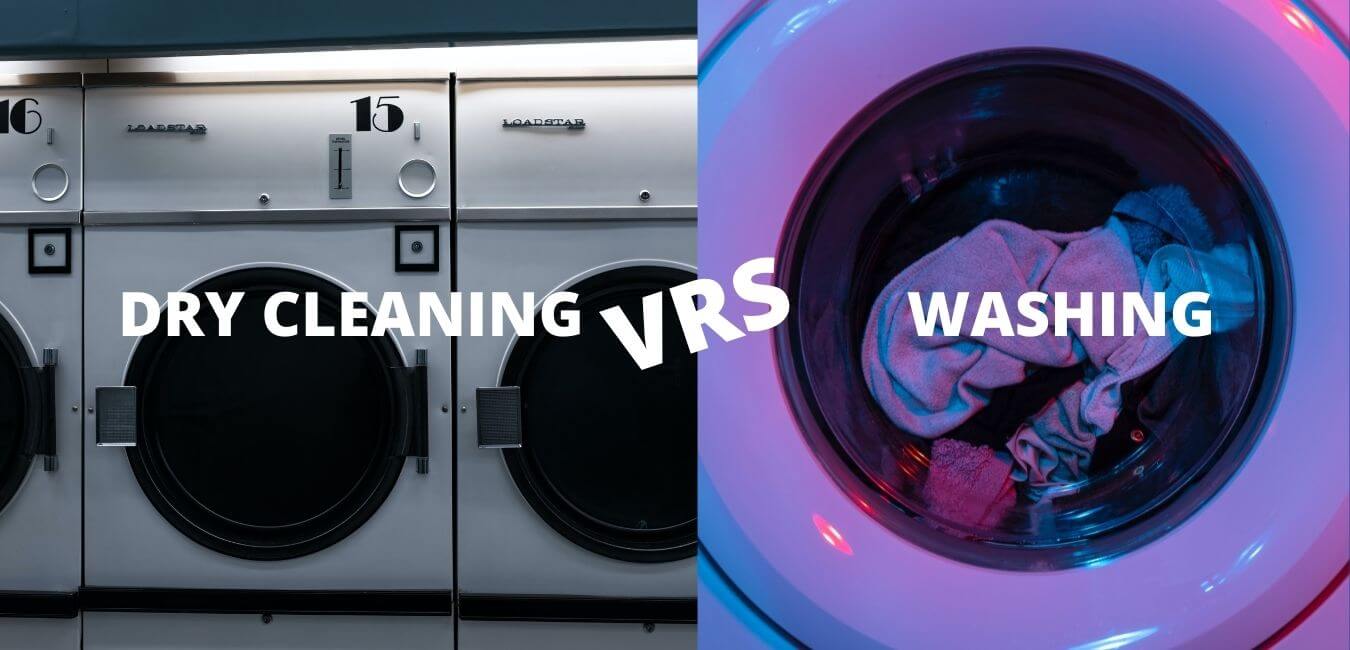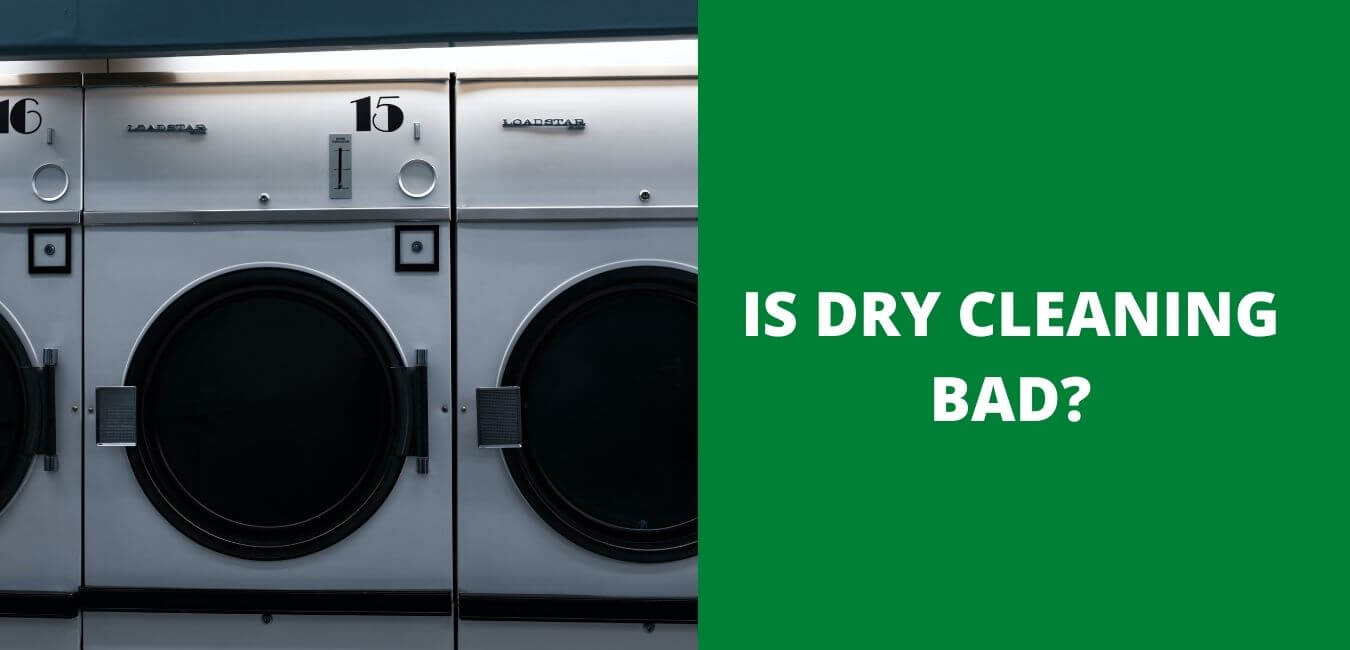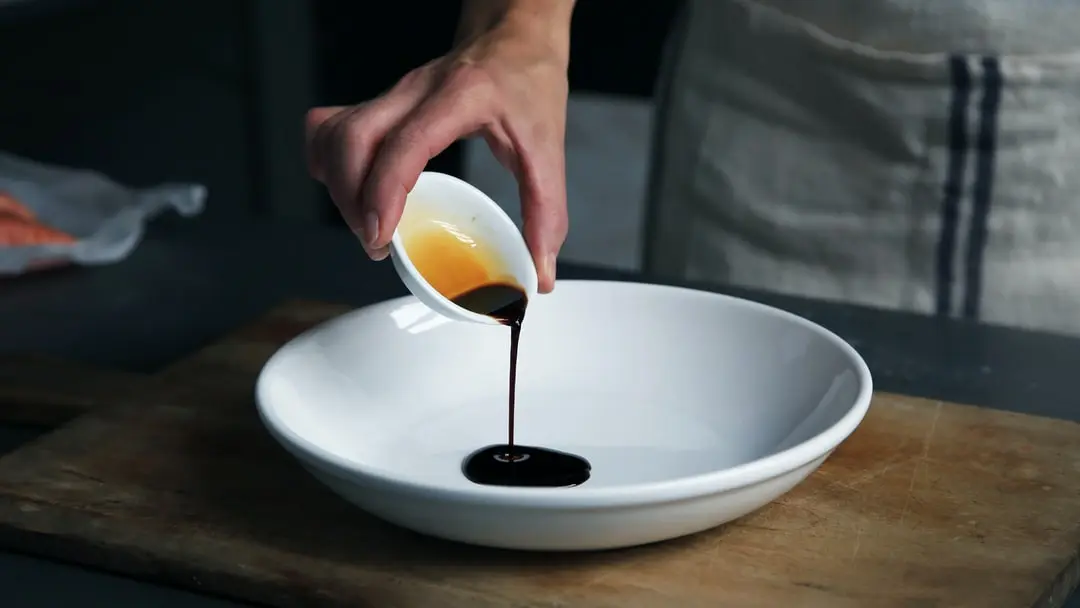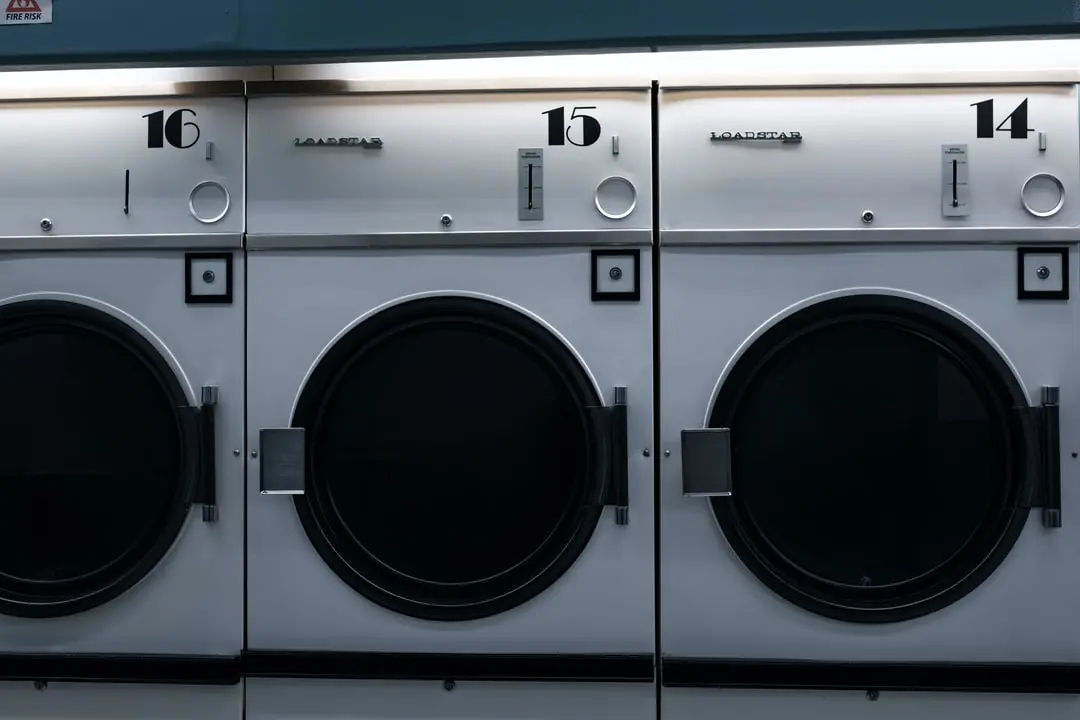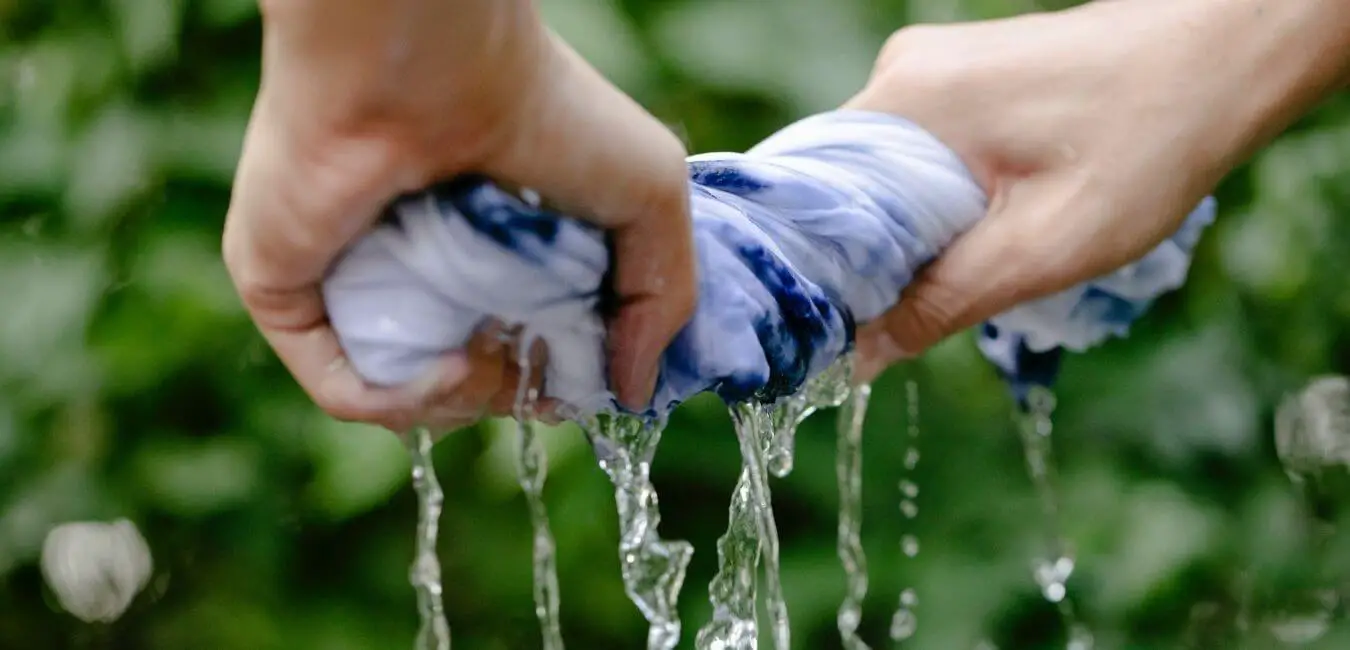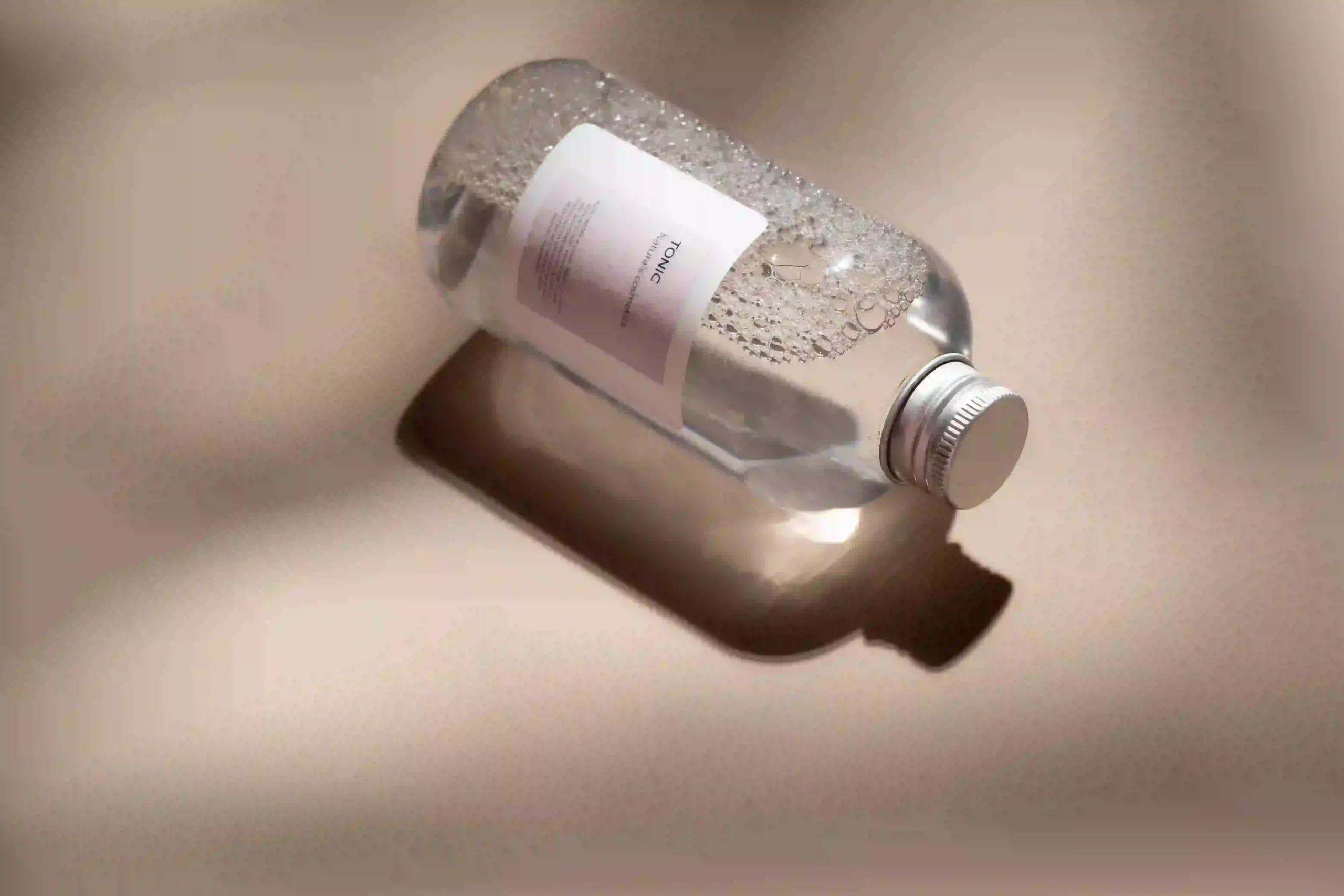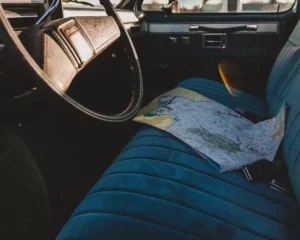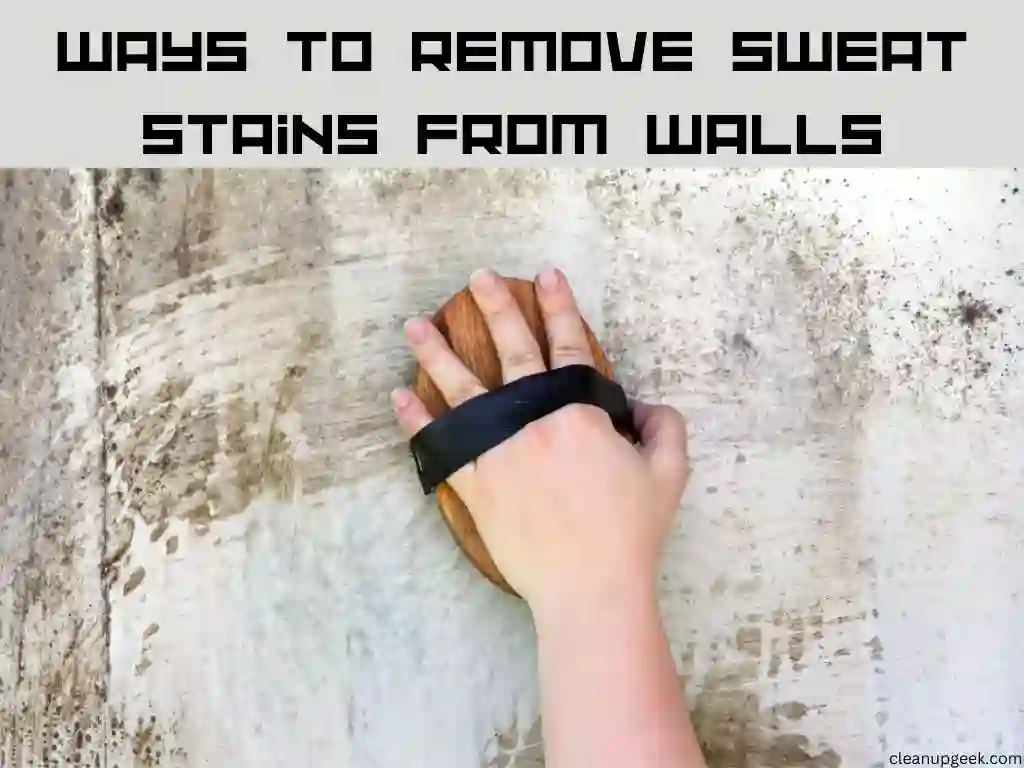Charcoal stains can be a headache, turning your favorite clothes or carpet into a blotchy mess. Did you know that common household items like baking soda and vinegar can easily tackle these stubborn stains?
In this article, we’ll guide you through the process of effectively removing charcoal stains from various surfaces, sharing useful tips and tricks while pointing out common mistakes to avoid.
Let’s dive into it; your stain-free future awaits!
KEY INFORMATION
- Remove charcoal stains from different surfaces by using household items like baking soda, vinegar, and rubbing alcohol.
- Consider factors such as the type of surface, age, severity of the stain, and material of the stained item when removing charcoal stains.
- Avoid common mistakes like using hot water or heat on the stain, scrubbing vigorously, using bleach or harsh chemicals without proper research, ignoring the manufacturer’s cleaning instructions, and leaving the stain untreated for too long.
- Take preventive measures to avoid charcoal stains by covering surfaces and cleaning spills promptly.
Factors to Consider When Removing Charcoal Stains

Consider the type of surface (fabric, carpet, or wall) and the age and severity of the stain. Also, take into account the material of the stained item and any previous attempts at stain removal.
1. Type of surface (fabric, carpet, wall, etc.)
Each surface needs a different way to be cleaned. For fabric, use dish soap and cold water first. Rinse it well and wash it like you always do. Carpets need a mix of water and vinegar. After that, use your carpet cleaner or steam cleaner on the spot.
For walls, put mild soap in warm water and scrub lightly. Rinse with fresh water after this step is done. Clothes can be cleaned by using stain remover or baking soda paste before washing them in the laundry machine.
Wood surfaces should get a light rub with warm, soapy water, followed by a rinsing, drying, and polishing process at the last stage to keep the look of the wood intact.
For plastic items, rubbing alcohol can work great; just wipe it off with a cloth dipped in alcohol, then rinse thoroughly afterward for best results!
2. Age and severity of the stain
The age and severity of the charcoal stain are important factors to consider when trying to remove it. If the stain is fresh, it may be easier to get rid of compared to an old, set-in stain.
The longer a stain has been there, the more difficult it can be to remove. Additionally, if the stain is severe or covers a large area, you may need to use different methods or cleaning solutions to effectively remove it.
It’s important to assess the age and severity of the stain before deciding on your approach to removing it. And remember, don’t wait too long before treating the stain, as this can make it harder to clean up!
3. Material of the stained item
The material of the stained item plays an important role in determining how to remove charcoal stains effectively. Different surfaces require different cleaning methods. For fabric, it is best to spot-treat the stain with a mixture of dish soap and cold water before laundering as usual.
When dealing with carpet stains, blotting the stain with a mixture of vinegar and water is recommended, followed by using a carpet cleaner or steam cleaner. Walls can be gently scrubbed with mild dish soap and warm water, then rinsed with clean water.
When it comes to clothes, pre-treating the stain with a stain remover or a paste made of baking soda and water is effective before laundering. For wood surfaces, gently rubbing the stain with a mixture of dish soap and warm water should be done, followed by drying and polishing the wood.
4. Previous attempts at stain removal
Before we dive into effective methods to remove charcoal stains, it’s important to consider any previous attempts at stain removal. If you’ve already tried to get rid of the stain, like blotting or scrubbing vigorously, using hot water or bleach, it may have made the stain worse or set it deeper into the surface.
Avoid repeating these mistakes and try a different approach.
Mistakes to Avoid When Removing Charcoal Stains

Avoid using hot water or heat on the stain, as this can cause it to set in further. Scrubbing or rubbing the stain vigorously can also spread it and damage the surface. Be cautious when using bleach or harsh chemicals without proper research, as they may not be suitable for all materials.
Always follow the manufacturer’s cleaning instructions to prevent any potential damage. Lastly, don’t leave the stain untreated for too long, as it becomes harder to remove over time.
1. Using hot water or heat on the stain
Avoid using hot water or heat when trying to remove a charcoal stain. Hot water and heat can actually make the stain set in deeper, making it more difficult to remove. Instead, opt for cold water or room temperature water when treating the stain.
This will help prevent the stain from spreading or becoming permanent.
2. Scrubbing or rubbing the stain vigorously
Scrubbing or rubbing the stain vigorously can make the charcoal stain worse and spread it to a larger area. This can damage the surface you’re trying to clean, especially if it’s delicate or made of fabric.
Instead, gently blot the stain with a clean cloth or sponge to absorb as much of the charcoal as possible. Then, follow the tips and tricks mentioned earlier in this article for effective stain removal.
Remember not to scrub too hard, as this can push the stain deeper into the material and make it more difficult to remove.
3. Using bleach or harsh chemicals without proper research
Be cautious when using bleach or harsh chemicals to remove charcoal stains. These strong substances can damage the surface you are trying to clean if not used correctly. It is important to do proper research and follow instructions before using any cleaning products.
Using bleach or harsh chemicals without knowing how they will react with the stain could make the situation worse. Certain materials, like delicate fabrics or wood, may be more susceptible to damage from these chemicals.
To avoid potential harm, consider using safer alternatives like baking soda, vinegar, or rubbing alcohol that can effectively remove charcoal stains without causing harm to the surface.
4. Ignoring the manufacturer’s cleaning instructions
It’s important not to ignore the cleaning instructions provided by the manufacturer when removing charcoal stains. These instructions are designed specifically for the item you’re trying to clean and can help ensure that you don’t unintentionally damage it.
Different materials require different cleaning methods, so following the instructions will help you use the right products and techniques for effective stain removal. Additionally, ignoring these instructions could void any warranties or guarantees that come with the item.
So, always take a moment to read and follow the manufacturer’s cleaning guidelines to avoid any mishaps while removing charcoal stains.
5. Leaving the stain untreated for too long
If you leave a charcoal stain untreated for too long, it can become more difficult to remove. The longer the stain sits, the deeper it can penetrate into the surface and set in. This makes it harder to get rid of completely.
It’s important to address charcoal stains as soon as possible to prevent them from becoming permanent. So, don’t wait too long before taking action and treating the stain with appropriate cleaning methods or solutions.
Remember that prompt attention is key when dealing with any type of stain, including charcoal stains.
Effective Methods for Removing Charcoal Stains from Different Surfaces
To remove charcoal stains from different surfaces, such as fabric, carpet, walls, clothes, wood, and plastic, there are effective methods you can use.
1. Fabric
Spot treat with a mixture of dish soap and cold water, rinse, then launder as usual
To remove charcoal stains from fabric, you can use a simple method. First, spot-treat the stain by applying a mixture of dish soap and cold water directly to the affected area. Gently rub the solution into the stain using a clean cloth or sponge.
After that, rinse the fabric under cold water to remove any residue. Finally, launder the fabric as you normally would. This method helps to effectively lift and remove charcoal stains from fabric surfaces while ensuring proper cleaning without damaging the material.
2. Carpet
Blot the stain with a mixture of vinegar and water, then use a carpet cleaner or steam cleaner
To remove a charcoal stain from the carpet, start by blotting the stain with a mixture of vinegar and water. This helps to break down the stain. Then, use a carpet cleaner or steam cleaner to deep clean the area.
These machines are effective at lifting dirt and stains from carpet fibers. Make sure to follow the instructions on the cleaning product for best results. By using these steps, you can effectively remove charcoal stains from carpets and keep them looking clean and fresh.
3. Walls
Gently scrub the stain with a mixture of mild dish soap and warm water, rinse with clean water
To remove charcoal stains from walls, you can gently scrub the stain with a mixture of mild dish soap and warm water. Afterward, rinse the area with clean water. This method helps to lift the stain without damaging the wall surface.
Remember to avoid using hot water or harsh chemicals on the stain.
4. Clothes
Pre-treat the stain with a stain remover or a paste made of baking soda and water, then launder
To remove charcoal stains from clothes, you can pre-treat the stain with a stain remover or a paste made of baking soda and water. Apply it directly to the stained area and let it sit for a few minutes to break down the charcoal particles.
After that, launder your clothes as usual. This method helps to loosen and lift the stain, making it easier to remove during the washing process. It’s important to act quickly before the stain sets into the fabric.
Remember not to rub or scrub too hard as this can spread the stain further and damage your clothes.
5. Wood
Gently rub the stain with a mixture of dish soap and warm water, rinse, then dry and polish the wood
To remove charcoal stains from wood, you can follow these simple steps. First, make a mixture of dish soap and warm water. Gently rub the stain with this mixture using a cloth or sponge.
Then rinse the area with clean water and make sure to dry it thoroughly. Lastly, polish the wood to restore its shine. This method will help you effectively get rid of the charcoal stain without damaging the wood surface.
6. Plastic
Wipe the stain with a cloth soaked in rubbing alcohol, then rinse with water
To remove charcoal stains from plastic, use a cloth soaked in rubbing alcohol to wipe the stain. Afterward, rinse the area with water. Rubbing alcohol helps break down and dissolve the charcoal stain while rinsing with water removes any residue left behind.
This method is effective for removing charcoal stains on plastic surfaces like containers or outdoor furniture. Make sure to use a clean cloth and thoroughly rinse the area to ensure all traces of the stain are gone.
Tips and Tricks for Effective Charcoal Stain Removal

Use common household items like baking soda, vinegar, and rubbing alcohol to tackle stubborn charcoal stains. Plus, learn how to gently remove excess charcoal and why it’s crucial to test cleaning solutions on a small area first.
Don’t miss out on these valuable tips for successful stain removal!
1. Use household items like baking soda, vinegar, rubbing alcohol
To effectively remove charcoal stains from different surfaces, you can rely on common household items like baking soda, vinegar, and rubbing alcohol. Baking soda acts as an absorbent and can help lift stains from fabrics, carpets, and walls.
Simply sprinkle it over the stain, let it sit for at least an hour, then vacuum it up. For fabric stains, create a paste using baking soda and water and gently rub it onto the area before washing as usual.
Vinegar is another handy solution for charcoal stains. Mix equal parts vinegar and water in a spray bottle and spray it onto the stained surface. Blot with a clean cloth to remove the stain.
Rubbing alcohol is effective on plastic surfaces. Soak a cloth in rubbing alcohol and wipe away the stain.
2. Gently remove excess charcoal before treating the stain
Before you start treating the charcoal stain, it’s important to gently remove any excess charcoal. You can do this by carefully brushing or shaking off the loose particles. Be careful not to rub or scrub too hard, as this can spread the stain and make it more difficult to remove.
Removing the excess charcoal will help prevent further staining and make the cleaning process easier.
3. Test any cleaning solution on a small, inconspicuous area first
Before using any cleaning solution to remove charcoal stains, it’s important to test it on a small and hidden area. This helps you make sure that the solution doesn’t cause any damage or discoloration.
Simply apply a small amount of the cleaning solution on an inconspicuous spot and see how the surface reacts. If there are no negative effects, such as fading or staining, then it’s safe to proceed with treating the charcoal stain using that particular cleaning solution.
4. Blot, don’t rub, the stain to avoid spreading it
When removing a charcoal stain, it’s important to remember to blot the stain instead of rubbing it. Rubbing the stain can actually spread it and make the situation worse. By gently pressing a clean white cloth onto the stained area, you can absorb the excess charcoal without spreading it further.
So remember, blotting is key when dealing with a charcoal stain to avoid making things more difficult.
5. Follow instructions on stain removal products
When using stain removal products, it’s important to read and follow the instructions carefully. Different products may have specific guidelines for application and usage. By following the instructions, you can ensure that the product is used correctly and effectively to remove charcoal stains from different surfaces.
For example, some stain removal products may require pre-treating or soaking the stained area before applying the product. Others may need to be left on for a certain amount of time before being rinsed off.
By following these instructions, you can maximize the efficiency of the product in removing charcoal stains.
It’s also important to note any safety precautions mentioned in the instructions, such as wearing gloves or working in a well-ventilated area. This will help protect yourself and prevent any potential harm while using these products.
6. Consider professional cleaning for stubborn or delicate stains
For stubborn or delicate charcoal stains, it may be a good idea to consider professional cleaning. Professionals have the expertise and specialized equipment to effectively remove tough stains without causing damage to the surface.
They can also assess the severity of the stain and determine the best course of action for removal. Professional cleaners use effective techniques and cleaning solutions that are safe and efficient.
So, if you’re dealing with a particularly stubborn or delicate charcoal stain, it’s worth considering professional help to ensure proper removal without any risk.
Preventive Measures to Avoid Charcoal Stains

To prevent charcoal stains, place a layer of newspaper or a disposable cloth under the charcoal grill or artwork using charcoal.
1. Place a layer of newspaper or a disposable cloth under the charcoal grill or artwork using charcoal
To prevent charcoal stains from getting on your surfaces, it’s a good idea to place a layer of newspaper or a disposable cloth underneath the charcoal grill or artwork. This will catch any falling charcoal and prevent it from staining your floors, carpets, or walls.
It’s an easy and effective way to keep your surfaces clean while enjoying the benefits of using charcoal for grilling or artwork. Remember to dispose of the newspaper or cloth properly after use to avoid any mess.
By taking this simple preventive measure, you can save yourself from the hassle of removing stubborn charcoal stains later on.
2. Cover surfaces with plastic or protective covers before using charcoal or charcoal-based products
To prevent charcoal stains from getting on surfaces, it’s important to cover them with plastic or protective covers before using charcoal or charcoal-based products. This simple step can save you a lot of time and effort in removing stubborn stains later on.
By creating a barrier between the charcoal and the surface, you can ensure that any potential spills or splatters are contained and don’t seep into fabrics, carpets, walls, or other materials.
So remember to take this preventive measure before firing up your grill or working with charcoal to keep your surfaces clean and stain-free.
3. Wear protective clothing or aprons when handling charcoal to prevent accidental stains
To avoid getting charcoal stains on your clothes, it’s important to wear protective clothing or aprons when handling charcoal. This will help prevent any accidental spills or smudges that can be difficult to remove later.
By taking this simple precaution, you can save yourself the hassle of dealing with stubborn charcoal stains and keep your clothes looking clean and fresh.
4. Clean up any spills or messes immediately to prevent stains from setting
To prevent charcoal stains from setting, it’s important to clean up any spills or messes right away. This will help stop the stain from sinking into the surface and becoming more difficult to remove.
Use a clean cloth or paper towel to blot up as much of the charcoal as possible before treating the area further. By acting quickly, you can minimize the chances of permanent staining and make it easier to remove the charcoal stain completely.
Frequently Asked Questions

1. What are some effective methods for removing charcoal stains from different surfaces?
Tips and tricks include flushing, freezing, presoaking, pretreating the stain with a removal technique, or using an activated charcoal powder.
2. I spilled charcoal on my fabric couch. How can I clean it without doing any surface damage?
First, try simple ways like flushing or freezing before moving to other stain removal techniques. To avoid cleaning mistakes always test a small hidden part first.
3. Are there specific products meant for removing charcoal stains?
Yes! There are specially made products called Charcoal Stain removers which you can find in stores or online.
4. What should I consider when trying to remove charcoal stains?
Always think about the kind of surface you’re working on and aim for surface maintenance while removing stains preventively!
5. What can be done to prevent getting charcoal stains in the future?
Preventive measures such as using covers when dealing with activated charcoal could help keep your fabrics and surfaces clean.
Conclusion and final thoughts
In conclusion, removing charcoal stains from different surfaces can be made easier with effective tips and tricks. By considering factors like the type of surface and the severity of the stain, you can choose the right method for removal.
Avoiding mistakes such as using hot water or scrubbing vigorously will prevent further damage. Taking preventive measures like covering surfaces and cleaning spills promptly can help avoid charcoal stains altogether.
With these methods in mind, you’ll be able to effectively remove charcoal stains and keep your surfaces looking clean.
